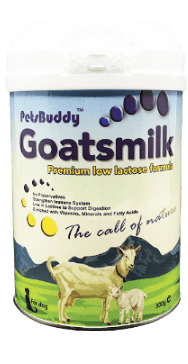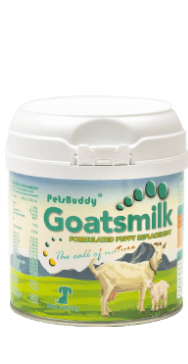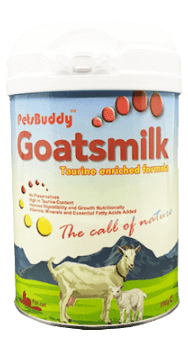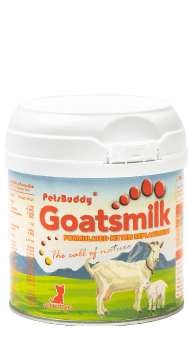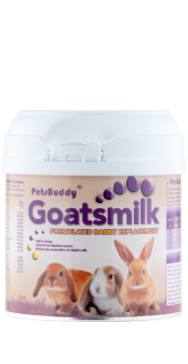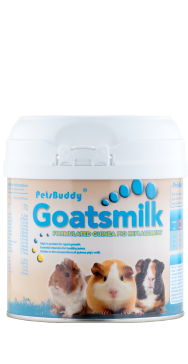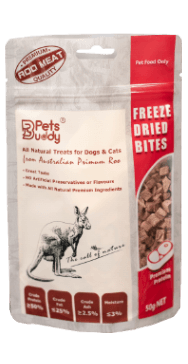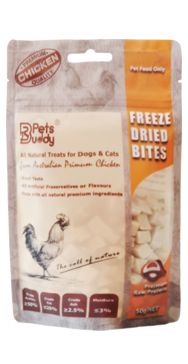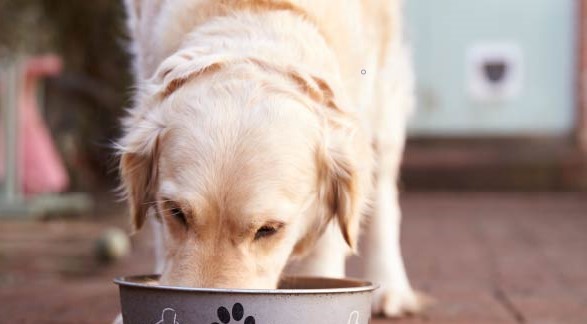Pet food spending by U.S. consumers increased by more than 31% year over year (YOY) by mid-2020, according to data from the U.S. Bureau of Labor Statistics (BLS) reported and analysed by John Gibbons, aka the Pet Business Professor.
COVID-19 impact on pet food spending
By mid-year 2020, U.S. pet food spending reached nearly US$40 billion—US$37.96 billion, to be precise, according to the BLS data. That represented a US$9.06 billion rise from mid-year 2019, Gibbons reported.
He noted that pet food spending had actually started to grow—“recover,” even—in the second half of 2019 after declining unexpectedly, at least by historical patterns, in 2018. That decrease was likely due to the Food and Drug Administration’s (FDA) investigation into and announcements about a potential link between grain-free pet food and canine dilated cardiomyopathy (DCM). Which makes sense, as sales data from Nielsen and others showed a definite fall in grain-free sales in 2018 and 2019, and that category accounted for a significant share of the overall U.S. pet food market.
“In the second half of 2019, we started to see a recovery from the overreaction to the FDA warning, and spending increased by US$2.3 billion,” Gibbons wrote. “Then came 2020. The recovery was continuing but a new outside influence was added, which had a massive impact on U.S. consumers—the COVID-19 pandemic. In March nonessential businesses were closed. This also produced a wave of panic buying in some truly essential product categories. In the pet industry, there is only one truly essential category—pet food.”
Ultimate pet food spenders?
We all know the rest of that story, but Gibbons’ analysis provides additional insights into who actually spent more on pet food: namely, higher-income U.S. households as well as baby boomers. Specifically, households with incomes greater than US$70,000 increased their spending by 25% in the first half of 2020, and those earning more than US$100,000 increased spending by more than 20%. Again, this matches pet food sales data from Euromonitor and other sources.
Looking at pet food spending by age group, U.S. consumers 55 and older grew theirs by nearly 23%, per the BLS data, while spending among two other broad age groups, under 35 and 35-to-54-year-olds, actually declined slightly YOY.
Based on this data, Gibbons provided a profile of the “ultimate pet food spending household”: 55 to 64 years old (aka boomers), married couple with their oldest child over age 18, two earners but self-employed, income of US$100,000 to $150,000 and living in an area with a population greater than 2,500.
